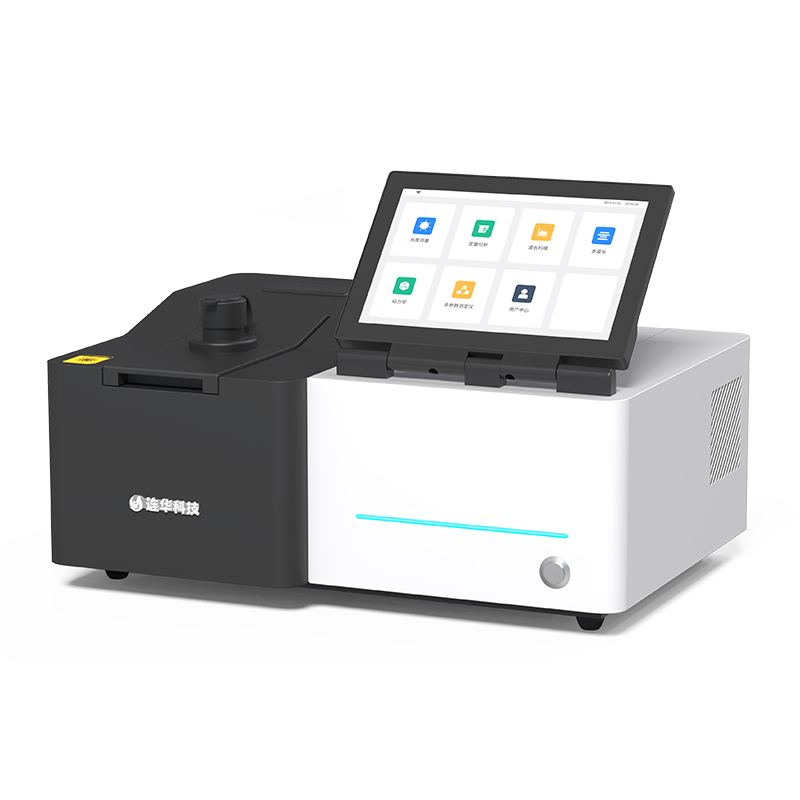Spectrophotometer is a conventional instrument in modern water quality testing laboratories. Its principle is to use a light source that can generate multiple wavelengths, and then generate a light source of a specific wavelength through a series of spectroscopic devices. After the light passes through the tested sample, part of the light is absorbed, and the absorbance value of the sample is calculated, which is converted into the concentration of the sample.
Customers often ask, how to use the spectrophotometer to compare the color of Lianhua Technology’s reagents? Today, we will take the COD experiment as an example to explain the experimental process in detail!
Step 1: Prepare the water sample to be tested.
Step 2: Configure COD standard solutions of different concentrations as standard samples.
Step 3: Turn on the instrument, enter the spectrophotometer mode, and use the configured standard samples to draw the standard curve. Adjust the wavelength to the COD measurement wavelength of 610nm, put the standard samples in turn for colorimetry, and record the absorbance values.
Step 4: Enter the recorded absorbance values into the table, draw the standard curve, and record the curve values.
Step 5: Change the curve value of the spectrophotometer to the curve value of the curve we just drew. After completing the above operations, we can use this spectrophotometer to test the water sample.
Step 6: Put the water sample to be tested into the colorimetric cell to detect the value.
Attention! The advantage of using a spectrophotometer to measure values is that you can customize the wavelength, such as units for scientific research needs. However, the operation of the spectrophotometer is relatively cumbersome, and the curve needs to be verified regularly. Therefore, if it is just some routine, fixed-index detection work, it is recommended that you use a simple and convenient multi-parameter instrument~
The above is the relevant knowledge about using a spectrophotometer to measure COD in this issue. Follow me to learn more experimental knowledge!
Post time: Mar-31-2025





